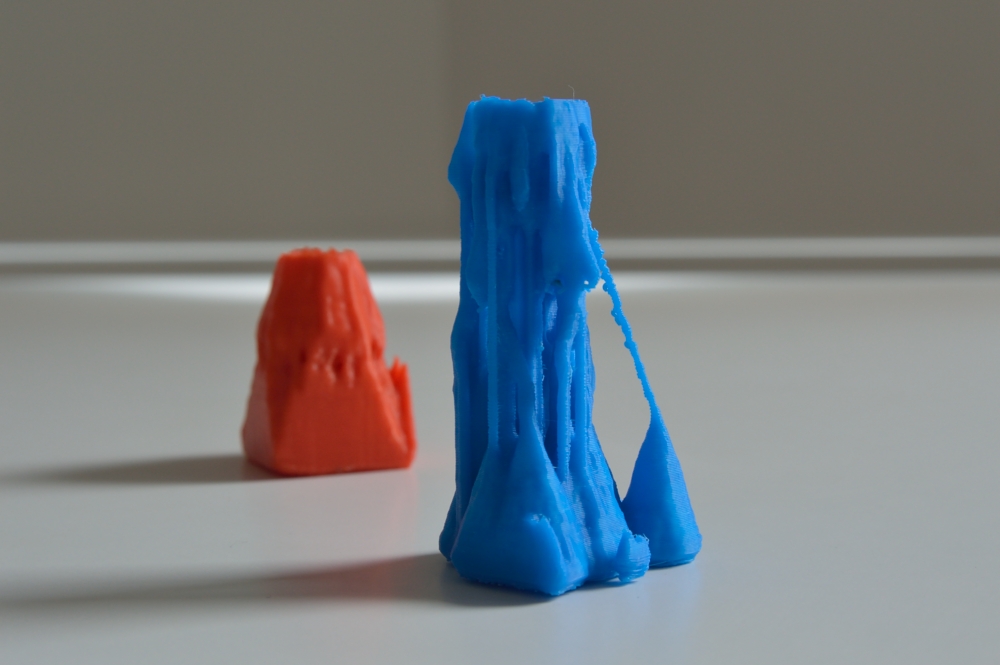


This video will guide a user along a path within the cellular automaton such that in a short amount of moves, they can gain a better understanding of the cellular automaton. Based on the relationship, the CA model can be used to continuously predict the corrosion behaviors of WS in the long-term atmospheric corrosion process. We create a method that will allow users to produce a video simulation of 3D Cellular Automatons. Finally, the parameter analysis is performed and the relationship between CA model and atmospheric exposure test is established to achieve the model application. Results show that the basic hypotheses and evolution rules are reasonable and the model is reliable, and thus can be used to describe and to identify the corrosion kinetics, corrosion morphology, and distribution characteristics of pits for WS in atmosphere. A cellular automaton is a discrete state system consisting of a countable set of identical cells that interact with their neighbours. Secondly, the results obtained from the CA model are compared with the basic corrosion laws verified by several experiments. At each step, a cube is filled in if the total number of cubes around it matches values specified by the rule number.
#3d cellular automaton software#
The evolution rules of atmospheric corrosion are then proposed and the software program is developed. Totalistic 3D cellular automata starting from a single cube. These CA growth algorithms are validated for simple thermal situations by comparing the predicted grain shapes with those deduced from analytical models. Explanation Cellular automata involves changing a collection of cells based on specific rules. Two- and three-dimensional (3D) Cellular Automaton (CA) algorithms are proposed for modelling the growth of dendritic grains from the liquid phase. This paper presents the application of semi-totalistic, also called outer totalistic cellular automata on any three-dimensional (3D) surface. The article written by them can be found here, and their video linked below. This is based on the youtube video by Softology. Basic assumptions are made with the purpose of simplifying the complicated corrosion process. 3D Cellular Automata Live Demo of website here. Firstly, the atmospheric corrosion mechanism of WS is described.

Itch.io link: 3D Cellular Automata Raylib/C++ Literally the title, for more information such as: What is cellular automata.

& Detailing 6- Particles 7- Meshes 8- Art 9- Architecture 10- Kinetic 11- Python 12- Animation 13- Optimization 14- Linkage 15- Particle Simulation 16- Others 5-Example files (Plugin-Based) 1- Lunchbox 2- Parakeet 3- Weaverbird 4- Pufferfish 5- Mesh+ 6- Paneling Tools 7- Ladybug 8- Millipede 9- Dendro 10- Kangaroo 11- Stella3d 12- Anemone 13- Linketix 14- Grasshopper 2.In order to reproduce the atmospheric corrosion process of weathering steel (WS), a three-dimensional (3D) cellular automata (CA) based method is proposed. 3d Cellular Automata using Raylib in C++. & Detailing(5 Hr 15 Min) 3- Advanced(19 Hr ) 1- Optimization(6 Hr 45 Min) 2- Kinetic & Kangaroo (5 Hr 30 Min) 3- Jewelry(2 Hr 30 Min) 4- Architecture(5 Hr 30 Min) 5- Python (50 Min) 4- Example files (Topic-Based) 1- Fractals 2- Mathematical 3- 2D Patterns 4- 3D Patterns 5- Fab. The survival determines the number of surrounding cells required for a cell to survive to the next phase. Mostly, you'll either settle into a steady state, or there will be subregions that eventually repeat or are similar. The simulations work on a given set of rules those being survival, birth and death timer. I'm not aware of any cellular automata which develop new structures or patterns after trillions of steps if they aren't specifically designed to do so (thinking things like game of life simulated in game of life). 1- Basics (13 Hr 30 Min) 1- What is Grasshopper3d? (2 Hr) 2- Attractors (6 Hr) 3- Rails & Sections (3 Hr) 4- Data Management (2 Hr 30 Min) 2- Geometry(16 Hr 45 Min) 1- Voronoi & Voxel(1 Hr 50 Min) 2- Meshes(1 Hr 45 Min) 3- 2D Patterns(4 Hr) 4- 3D Patterns(2 Hr) 5- Mathematical(2 Hr 20 Min) 6- Fab. This prjects aims to visualize and simulate Cellular Automata in a 3-Dimensional space.


 0 kommentar(er)
0 kommentar(er)
